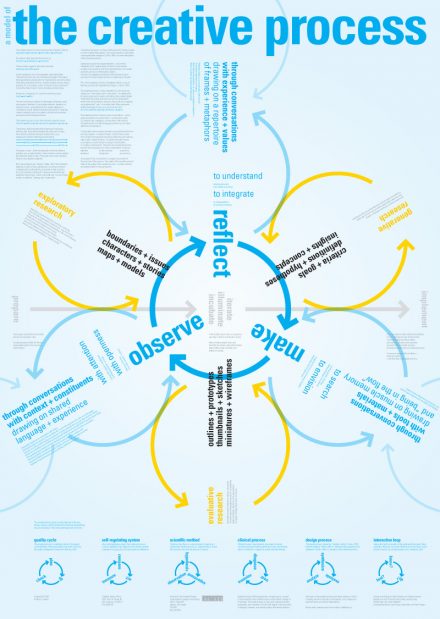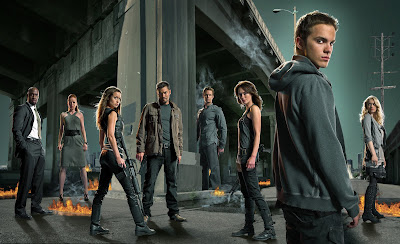image by AMagill
In search of a money management application for my iPhone, I came across MoneyBook, a beautifully crafted app. The creator/developers have done a wonderful job on the app, and the ethos surrounding it. They currently keep a well updated blog, that gives tips for using the app and details their reasoning and and challenges behind the apps continued development (I particularly enjoy "the importance of an app icon" entry). All of this work they have shared surrounding the app, illustrates a work of passion to me, taking into account the user experience beyond the app itself (Note: as of writing, I still haven't purchased the app, because I'm that cheap when it comes to app purchases Update: I purchased it).
Being aware of my ability to be wooed by gorgeous interfaces, I looked online for reviews of Money Book. Many of them have come back very positive (iPhone App Review, 148apps Review and Just Another iPhone Blog). I also looked at the reviews in iTunes of the application. I often look for reviews in the extreme of the spectrum first, and was interested in a particular review that commented that Money Book is a copy of Pennies. I believe the side by side screenshots below will show this to be a fair criticism.
Just to be sure, I checked to see if they were the same developers (which would be odd), and they're not. Pennies is made by Austin and Clemens of Design by a Knife, while Money Book is made by Sandro and Mischa of Noidentity. That is the end of that investigation for now, I will leave that story to someone else. From a visual critique, I have to say I prefer Money Book over Pennies. The meter gauge over the fuel gauge is more appealing, along with other touches, such as richer colors and subtle textures. Even the name, Money Book is more preferable to me than Pennies (its aspirational rather than miserly).
After only watching youTube videos of the applications in action, they seem extremely similar, supporting the criticism that caught my eye in the iTunes comment. I am well aware that the Money Book Promo is done by the creators of Money Book, while the Pennies review is done by user/reviewer. This gets to my final topic of this post, the Money Book people created a youTube video (4 actually, 2 about the development/evolution), while I couldn't find one by Pennies. Pennies does have a visual demonstration on their website, but the story ends there. Money Book has videos and a blog they follow closely, where they reveal their character and purpose not just of the app, but of themselves as well. As the reviewer in the Pennies app states, there are a few features that Pennies doesn't have which would be nice to see, like a notification when he is going over budget. Money Book doesn't have this feature either, they do have reasoning why they don't though. Noidentity's reasoning is presented to me in such a manner that I want to adopt it.
I've looked at other money management applications before (iXpense It and some app that I've forgotten the name), and I stopped using them because they were overly complex with their options. While some of the added features on these other applications might have been very useful, they weren't motivating. When Noidentity explained the reason for the icon of Money Book, I identified with that, I want a beautiful icon on my iPhone screen. I want an icon attractive enough that I put it on my home screen, and when its on my home screen, I use it more. I want it to function with just enough, that it doesn't create extra information, but simplifies what I already have. That is the success of Money Book, they've created an attractive, simple to use interface, that I want to use.
Money Book is a great example of interaction design, that extends beyond the interface. My aspirational goal, is that if I use this application, I will see where I am spending my money, and be able to adjust my spending according to other factors in my life. Measuring and visualizing is the the first step for me though, and this application will allow that. The combination of aspiration, interaction and measurement is the Behavioral Economic part of this post. Rationally, I should just keep track of my spending habits on my own, in a notebook, but I haven't been successful yet. Hopefully this is the game changer for me.

























